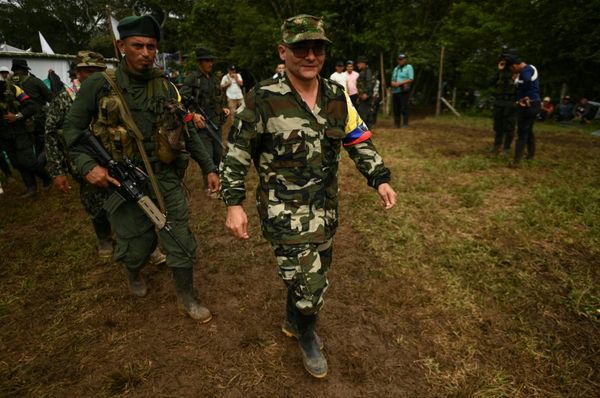
- In today’s CEO Daily: Peter Vanham talks to Ralph Lauren CEO Patrice Louvet.
- The big story: Powell is going to stay.
- The markets: Holding up.
- Analyst notes from JPMorgan on OpenAI, Deutsche Bank on inflation, and Macquarie on the Fed split.
- Plus: All the news and watercooler chat from Fortune.
Most 20-something trendsetters don’t own a sailboat, a tasteful cottage on Nantucket, or even a pony-emblazoned Polo shirt. But under CEO Patrice Louvet, Ralph Lauren is still enticing young people into its orbit. To familiarize the TikTok generation with the Ralph Lauren lifestyle, the company now operates 35 “Ralph’s Coffee” store-in-stores. “It’s an amazing platform to get in touch with younger consumers,” Louvet said. “For 20-year-old women […] it’s the first engagement with the brand.”
Now margins are rising and sales are at a nine-year high—two signs that the company’s multi-year “brand elevation” campaign has worked, Louvet told me in Paris recently. But it equally arms the company better for future global price and supply chain disruptions to come, he said. How did Louvet pull it off?
Before he arrived in 2017, Ralph Lauren “expanded in places where we probably shouldn’t have, which drove higher levels of promotional activity,” Louvet told me. “It was like the boiled frog phenomenon. I’m sure it was well-intended. Each year, we thought it was just marginal. But after a few years, you realize it’s not going to end well.”
Since then, he said, “we’ve had our eyes wide open on tough choices.” Joining Ralph Lauren after almost three decades at P&G, the native Frenchman took a page from his old employer’s turnaround book. To escape from the price race to the bottom, the company “took a one-year, painful hit” to reset consumer expectations.
Then, during COVID, Louvet reset the distribution strategy, and closed two thirds of its wholesale presence. The company, which now has a manufacturing supply chain stretching from Vietnam to Peru, is in a decent position to weather trade unrest. “If tariffs stay where they are, we have the ability to offset,” Louvet told me. “We can do efficiency work with our partners. But we can also continue our pullback on promotional activity, and perform selective price increases.”
But the big “a-ha!” for Louvet is finally getting back to what founder Ralph Lauren figured out so many decades ago—and what sets the company apart from other clothing retailers. “There are more parallels with companies like Disney,” Louvet observed. “We’re not in the apparel business,” he said, “We’re in the dreams business.”
Contact CEO Daily via Diane Brady at diane.brady@fortune.com







